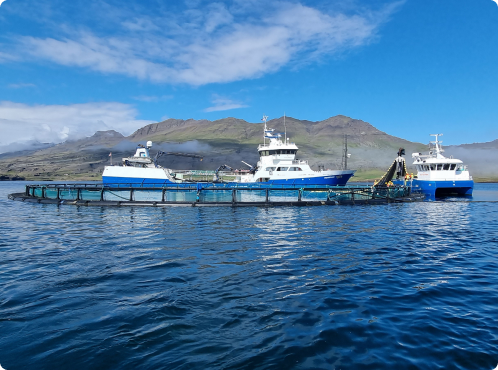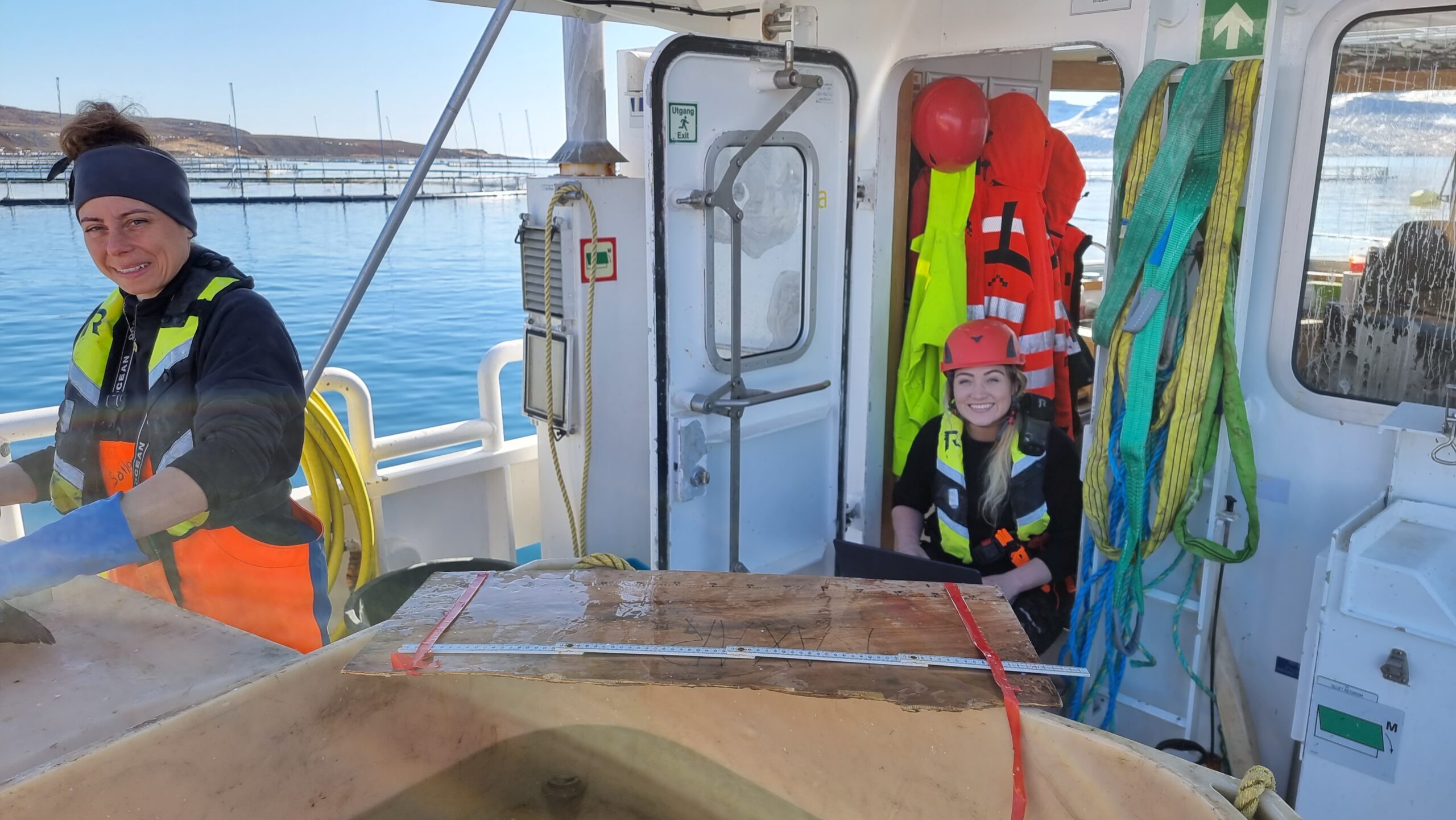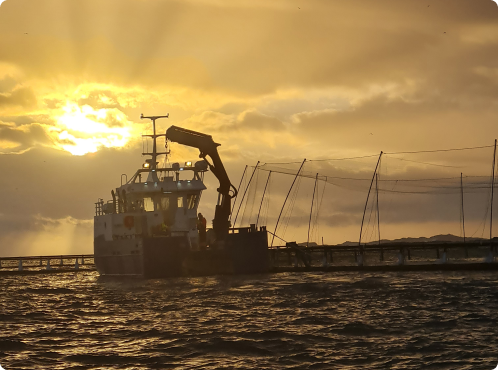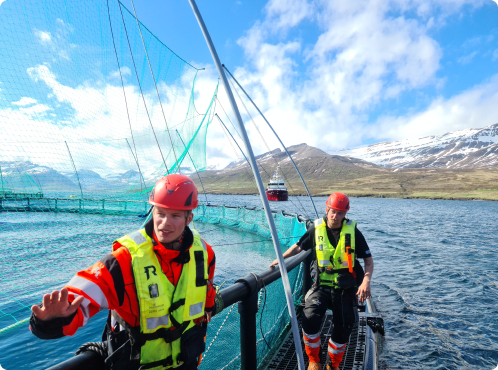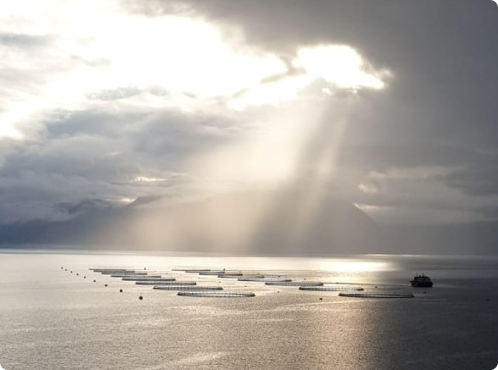The Aquaculture Act forms the legal framework for the industry. The Minister of Food is in charge of the issue according to the above laws, but the implementation of the administration is otherwise in the hands of the Food Agency, which supervises that the provisions of the law are enforced. Aquaculture is also covered by the Act on Hygiene and Pollution Prevention, which is under the jurisdiction of the Minister of Environment, Energy and Climate. The implementation of the administration in terms of that legislation is in the hands of the Environment Agency.
Other laws and regulations that cover fish farming include Regulation no. 540/2020 on aquaculture, regulation no. 550/2018 on emissions from business operations and pollution control, law no. 60/2006 on protection against fish diseases, law no. 66/1998 on veterinarians and animal health services, Act no. 15/1994 on animal protection, Act no. 25/1993 on animal diseases and protection against them, regulation no. 1254/2008 on health requirements for farm animals and their products and on the prevention and control of certain diseases in farm animals, regulation no. 665/2001 on response to infectious diseases and regulation no. 403/1986 on prevention of fish diseases and health control of fish farms.
